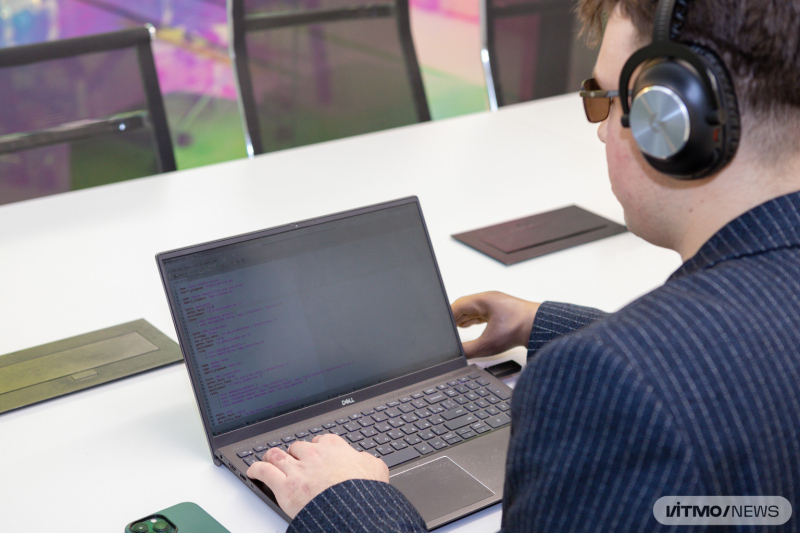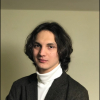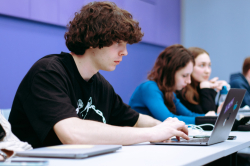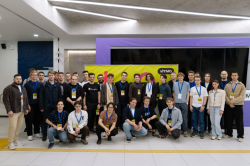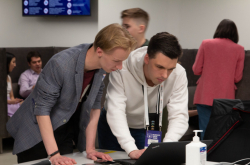Contents
Making technology available for everyone
According to the World Health Organization (WHO) and UNICEF, more than 2.5 billion people require the aid of assistive technologies. Assistive technologies are physical and digital products that enable people with disabilities to have the same level of comfort in their lives as everyone else. This includes wheelchairs, prostheses, eyeglasses, as well as special software, such as voice-activated digital assistants, screen readers, and programs that convert voice messages into text.
Software developers and DevOps engineers are responsible for creating new assistive technologies and adapting existing ones to the needs of visually impaired people. But in order to make truly helpful products, simply being skilled at developing text processing algorithms is not enough. One also has to understand the inner workings of numerous auxiliary programs. For example, how to ensure that a screen reader is able to read each element of a page’s layout in the correct order.
In order to train IT specialists who are capable of developing products that take all of their users’ needs into account, ITMO created its Programming for the Visually Impaired Master’s program. It will be the first program in Russia to train system administrators, DevOps engineers, testers and developers of specialized assistive software and apps.
“At present, ITMO has several students who are visually impaired. Teaching them is an interesting experience. At the same time, visually impaired people in Russia are not able to receive a Master’s degree, as there simply are no programs that offer the necessary support. So, we made the decision to begin training specialists who will make information systems and apps more accessible for disabled people in the future. In order to do this, we will combine our experience in training software developers with the expertise of specialists in inclusive education and assistive technology development,” says Dmitry Muromtsev, an associate professor at the Faculty of Software Engineering and Computer Systems.
Dmitry Muromtsev. Credit: ITMO.NEWS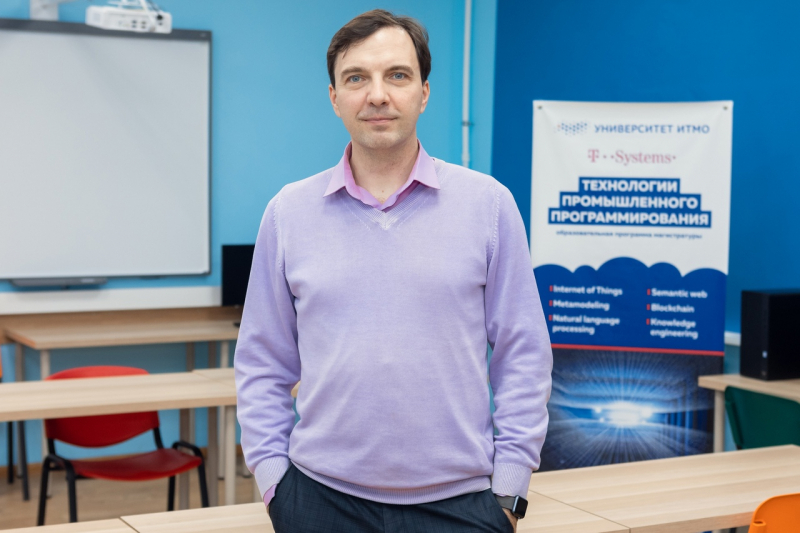
Program curriculum
The program’s students will spend most of their time studying a set of subjects that is common for other programs of the Faculty of Software Engineering and Computer Systems. Among those are software engineering, web technologies, the fundamentals of mobile development, UI/UX design, programming in Python and JavaScript, and much more. There will also be special subjects – for example, the study of screen readers, voice assistants and other assistive technologies. As a result, the students will learn to design and program accessible web interfaces as well as enhance them with existing solutions. The complete list of subjects is available here (in Russian).
“We’ll be focusing on subjects that will help our graduates to become professionals in software engineering. If they’ll decide to delve deeper in some specific area later on, they will be able to do this thanks to the fundamentals they’ll get during their training. At the same time, our students will also possess the knowledge of assistive technologies. Which is very important, as no one trains such specialists in the market,” explains Dmitry Muromtsev.
Evgeny Nekrasov, a Master’s student at ITMO’s Faculty of Software Engineering and Computer Systems, will help with choosing the essential subjects for the program curriculum and adapt the educational content for the visually impaired. Despite having lost his eyesight and his right hand, Evgeny studies at ITMO as a regular student and has been working in IT on par with unimpaired people for over eight years. In this time, he has learned over ten programming languages and become a specialist in the field of DevOps/SRE engineering, big data, AI, VR and web interfaces for people with a sight impairment.
“How is programming different for a blind student? We need a screen reader and adaptive programming environments that work well with it. The screen reader articulates what is happening on the screen – for example, reads notifications in messengers or says which file I am going to open. I can listen to text at the speed of one thousand words per minute (the average reading speed is 200-250 words a minute – Ed.). The layout helps me type in the code, as there is a version that’s been adapted for programmers and for using one right or left hand. But I find it hard to perceive images, which is why I ask others to describe them to me,” says Evgeny Nekrasov.
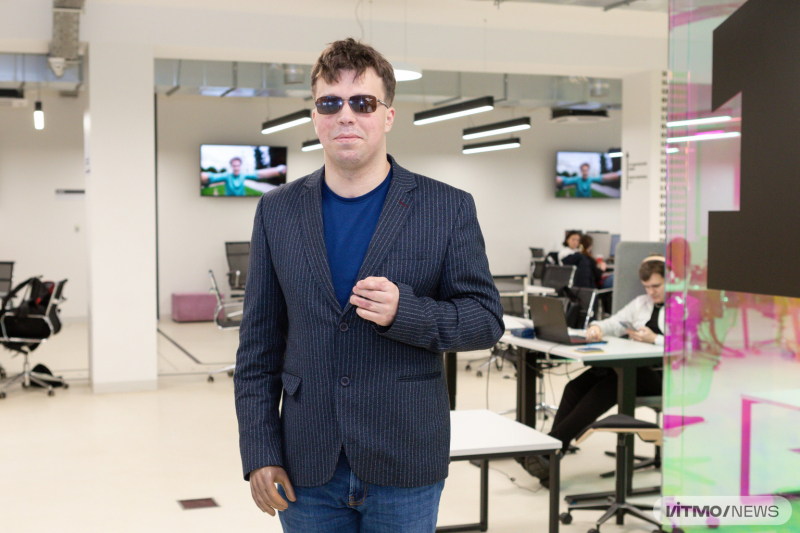
Evgeny Nekrasov. Photo by Dmitry Grigoryev / ITMO.NEWS
Another of the program’s features is joint delivery of specific lectures. For example, specialists in the field of software engineering who never taught people with a sight impairment will work together with lecturers who have a sight impairment but have no experience in IT. Such an approach will help adapt the educational process for visually impaired students.
Career prospects
According to Dmitry Muromtsev, the program’s graduates might well become a new driver for the development of assistive technologies in IT companies, and apply for jobs as system administrators, frontend and backend developers working on software for users with a sight impairment, testers, DataOps and DevOps engineers. As of today, there are over 500 job offers for testers on the hh.ru website, including those by such prominent companies as Yandex and Sber.
Another way to go is to draw inspiration from Evgeny Nekrasov’s experience, who combines a job as a DevOps engineer at Sber with working on startups of his own. One of his projects, for example, focuses on the development of an adaptive VR environment for the visually impaired. Instead of seeing images, its users will listen to an audio stream where every object has a specific frequency and acoustic scintillation. These characteristics will make it possible for the listener to recognise these objects.
Potential applicants
The authors of the Master’s program note that Programming for the Visually Impaired is not a rehabilitation program that aims to help people with a sight impairment to restore the functions they lost and adapt to a new environment. It is a full-fledged program for training professionals in the field of IT. For this reason, it was designed for graduates of Bachelor’s programs in technical and engineering fields who have programming skills and want to develop in the field of assistive technology. The program will also be good for graduates of Master’s programs as well as visually impaired middle-aged and older people who want to get a second university degree.
Both students with and without a sight impairment can apply.
“The user experience of blind people is extremely different from that of those who can see. For example, to navigate a website I use a screen reader and keyboard rather than my eyes and a mouse. For this reason, the layout of all of a website’s elements – headers, links and so on – should be adapted for me, as well. So, the Master’s program's key task is to train IT specialists who, while being visually impaired, can solve industrial tasks on par with unimpaired people. And to also give graduates who don’t have a sight impairment the specific experience that will help them develop special products and solutions”, underlines Evgeny Nekrasov.
Evgeny Nekrasov. Photo by Dmitry Grigoryev / ITMO.NEWS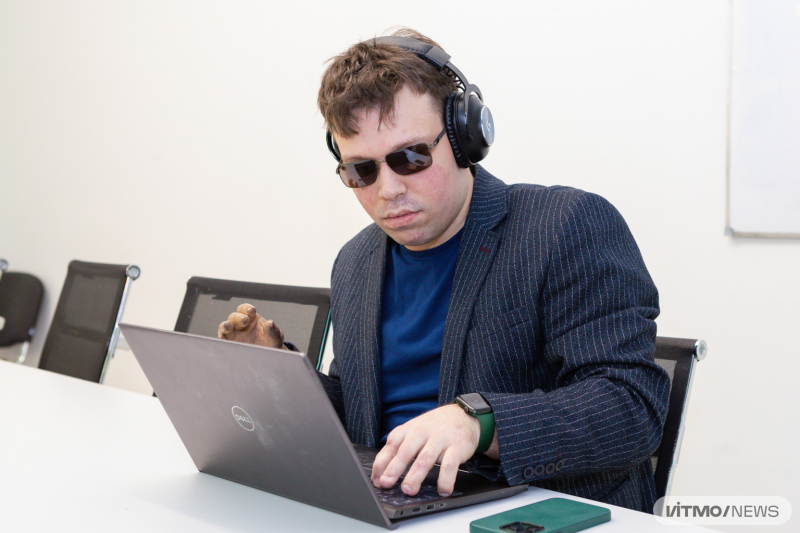
Enrollment opportunities
Prospective students can enroll in one of the following ways:
-
Entrance exam.
-
ITMO’s Portfolio Contest.
-
Through competitions: I am a Professional, It’s Your Call!, ITMO’s Mega Contest, the Congress of Young Scientists.
